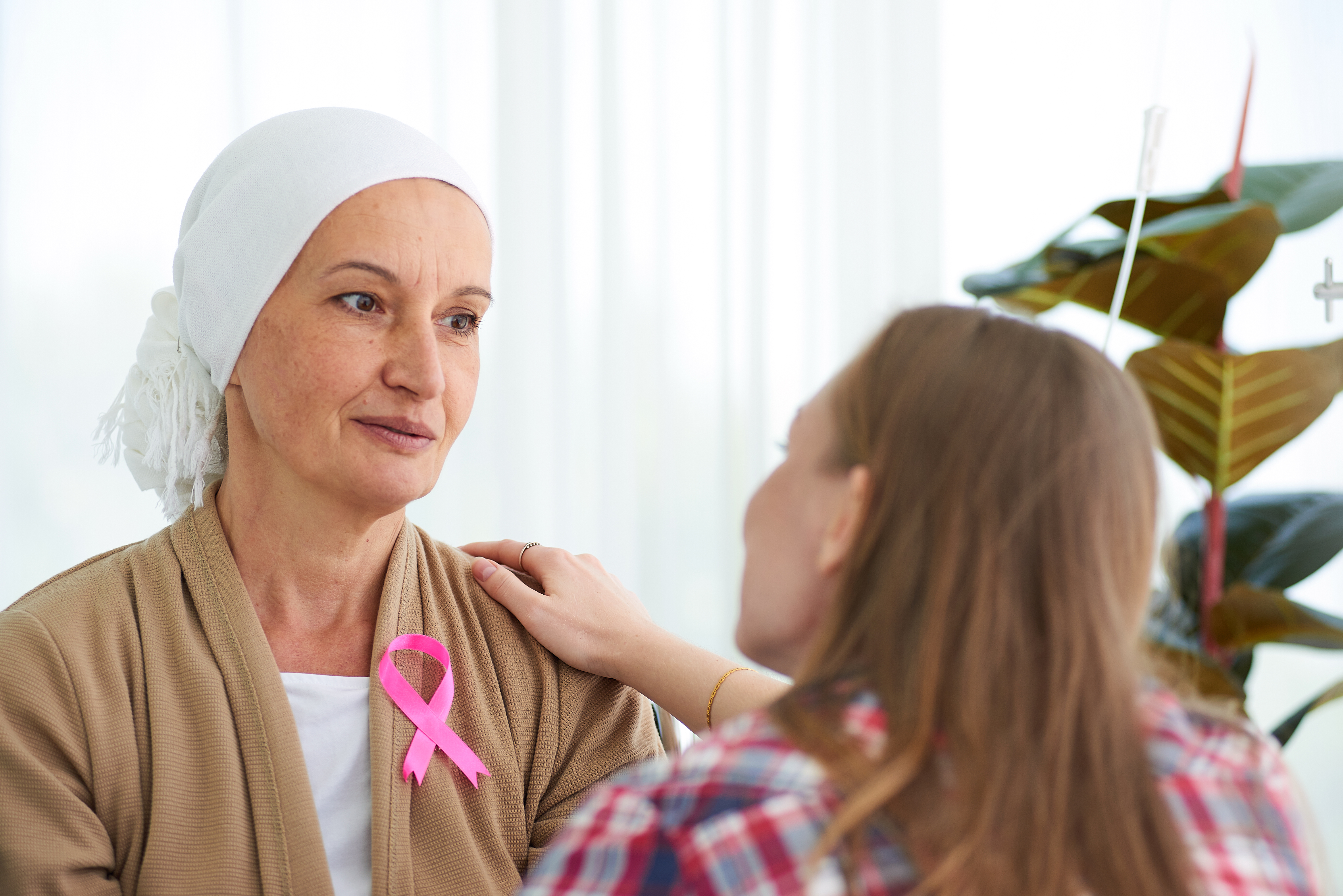Head and neck cancers affect areas such as the mouth, throat, nasal passages, and larynx, and are primarily linked to lifestyle factors. According to the World Health Organization (WHO), head and neck cancers rank among the top ten most common cancers worldwide, with smoking and alcohol use being the most significant risk factors. Fortunately, many cases are preventable with lifestyle changes and regular check-ups. Here are some key steps to reduce your risk.
1. Avoid Tobacco Products
Smoking cigarettes, cigars, and pipes, as well as using smokeless tobacco, are among the most significant contributors to head and neck cancers. In fact, tobacco use is linked to about 85% of head and neck cancers. The chemicals in tobacco cause cell damage in the mouth, throat, and nasal passages, leading to mutations that can trigger cancer. If you’re a smoker, quitting can significantly reduce your risk. Even reducing smoking can have a positive impact, though complete cessation offers the best protection.
2. Limit Alcohol Consumption
Alcohol is another major risk factor. Heavy drinking, defined as more than two drinks per day for men and one drink per day for women, significantly increases the risk of cancers in the oral cavity, throat, and larynx. Combining alcohol with tobacco use further escalates the risk, creating a synergistic effect that heightens exposure to carcinogens. Limiting alcohol intake or abstaining entirely can lower the likelihood of developing these cancers.
3. Protect Yourself from Human Papillomavirus (HPV)
Human papillomavirus (HPV), especially HPV-16, is associated with oropharyngeal cancers, which affect the back of the throat, tonsils, and base of the tongue. HPV-related cancers have been on the rise, especially among younger people who don’t smoke or drink heavily. HPV is often spread through sexual contact, so practicing safe sex by using condoms and dental dams, as well as considering the HPV vaccine, can help reduce the risk. The vaccine is particularly effective when administered before exposure to the virus, typically in adolescence.
4. Prioritize Oral Hygiene and Regular Dental Check-Ups
Poor oral hygiene and chronic inflammation in the mouth can create an environment conducive to cancer development. Regular brushing, flossing, and dental check-ups can help detect any early signs of cancer or precancerous changes. Dental professionals are trained to recognize abnormalities that might go unnoticed, such as white patches (leukoplakia) or red lesions (erythroplakia), which could indicate pre-cancerous changes.
5. Protect Yourself from Sun Exposure
Cancers of the lip and other areas of the face are often related to sun exposure. To protect yourself, wear broad-spectrum sunscreen on your lips and face, use hats with brims, and seek shade when the sun is strongest (usually between 10 a.m. and 4 p.m.). UV-protective lip balm can also help reduce your risk of lip cancer.
6. Maintain a Healthy Diet
Eating a balanced diet rich in fruits and vegetables is another way to reduce cancer risk. These foods are high in vitamins, minerals, and antioxidants that help protect cells from damage. Studies suggest that a diet high in processed foods, red meats, and refined sugars may increase the risk of several cancers, including those in the head and neck.
7. Know the Warning Signs and Get Regular Screenings
Early detection is crucial in managing head and neck cancers. Symptoms like a persistent sore throat, difficulty swallowing, unexplained weight loss, and lumps in the neck should be evaluated by a healthcare professional. Regular screenings, especially if you are in a high-risk group, can help catch cancers in their early stages when treatment is more effective.
While some risk factors for head and neck cancers are beyond our control, such as age or genetics, adopting a healthier lifestyle can significantly lower the chances of developing these cancers. Regular medical and dental check-ups can also aid in early detection, providing the best chance for successful treatment, if cancer does develop.
Zanish Cancer Hospital believes in the power of prevention. If you are in the high-risk group or have any unexplained symptoms in the head and neck region, consult our experts to rule out cancer. For more information and the best treatment for any cancer, contact us. Let us fight cancer together.





